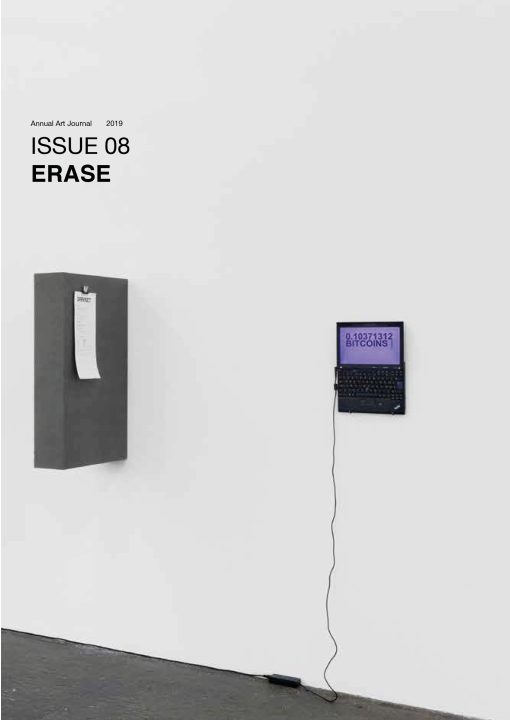Introduction
This text addresses the questions of erasure, deletion and disappearance in new media art from the aspect of preserving, archiving and representing the emblematic line of generative art practices whose poetic qualities make them museologically problematic within the technological and institutional context of the early 21st century. Contemporary generative art often combines procedural (algorithmic) thinking with bricolage methodology and relies on the infrastructures such as the Internet or the AI systems which are becoming ubiquitous and essential but remain largely elusive, exclusive, opaque and misunderstood.
We explore this interrelatedness by discussing some of the exemplar generative art projects which transcend the expressive and aesthetic limits of code-based art but prove to be difficult to preserve and are relatively underrepresented within the art world. With respect to the existing literature in the area, we show that the material fragility, the cognitive values and the educational potentials of generative art practices all stem from their conceptual, methodological and technical sophistication, pointing to the uncertain cultural status of generative art and to some general yet ambivalent issues of memory, re(cognition) and preservation.
Context
Erasure, deletion and disappearance in new media art manifest on two planes: as themes of the artworks and through the material and cultural instability of the artworks. Among the notable examples of new media artworks which directly thematise and apply the concept of erasure is Martin Arnold’s project Deanimated (2002). In this deconstruction of cinematic conventions, the artist gradually removed both visual and sonic representations of the actors in Joseph H. Lewis’ B-thriller The Invisible Ghost (1941), and consistently retouched the image and sound so that the final minutes of the film show only the empty interior/exteriors accompanied by the crackling of the soundtrack.1 Erasure and removal are frequently used in critical game modifications, for example in the works of Jodi (the collective Joan Heemskerk & Dirk Paesmans)2 and Cory Arcangel3 or in post-conceptual artworks such as John Boyle-Singfield’s Erased Cory Arcangel Website (2013).4
Accumulation of the clients’ personal data, behavioural tracking, prediction and manipulation of decision-making are the essential strategies of large-scale systems such as industry, marketing, advertising, media, banks or insurance companies, which all rely on frequent information exchange and processing. Computationally enhanced and virally exploiting the evolved human need for socialisation and communication5 on the social networks, the new iterations of these old corporate strategies refresh our appreciation of privacy and need for anonymity in a constant arms-race between the systems of control and the tools for individual advantage. This social tension within digital culture was exemplified in the early 1990s by net artists such as Heath Bunting6 and Vuk Ćosić,7 who escaped and denied the formal abundance promised by the early World Wide Web as the most popular and commercially most attractive Internet protocol. Similar approaches to reduction, avoidance and abandonment have been central in many later tactical media artworks such as Institute for Applied Autonomy’s iSee (2001),8 anonymous artists’ Jennifer Lyn Morone, Inc. (2014)9 or Zach Blas’ Facial Weaponization Suite (2011-2014).10
New media artists also address the broader topics of transience and perishability of the (digital) cultural artefacts, often by applying generative algorithms to the various contents, for example in the work of Jason Salavon,11 in Ben Fry’s HSV Space Arrangement (1998),12 Rhyland Warthon’s Palette Reduction series (2009),13 Chin-En Keith-Soo’s Hueue (2017)14 and many others.
Generative Art
The conceptions of generative art in contemporary discourse differ by inclusiveness.15 In this text, we perceive generative art broadly, as a heterogeneous realm of artistic approaches based upon combining the predefined elements with different factors of unpredictability in conceptualising, producing and presenting the artwork, thus formalising the uncontrollability of the creative process and underlining the contextual nature of art.16 Like all other human endeavours, the arts always emerge from an interplay between control and accident, and exist in a probabilistic universe so, in that sense, all the arts are generative. However, the awareness of the impossibility to absolutely control the creative process, its outcomes, perception, reception, interpretation and further use is often not the artists’ principal motivation, but it becomes central in generative art. Generative art appreciates the artwork as a dynamic catalysing event or process, inspired by curiosity and playfulness, susceptible to chance and open for change.17
Contemporary generative art has emerged from the Modernist exploration of the nature of creativity, of the material, semantic and contextual identity of the artwork, influenced by information theory, systems theory, cybernetics and semiotics throughout 20th century.18 The use of instructions and language in minimalism and in conceptual art introduced the algorithm and procedure as formal elements but also as participatory factors, as seen in works by Sol LeWitt, Lawrence Weiner and George Brecht. It emphasised that the operation of an algorithm, as a structured set of rules and methods, may be well comprehended but its outcomes can evade prediction. The cognitive tension between the apparent banality of pre-planned systems and their surprising outcomes became one of the major poetic elements in Steve Reich’s opus in the 1960s, with astonishing effects of phase shifting, iteration, repetition and accumulation of musical figures, in processual artworks such as Hans Haacke’s Condensation Cube (1963), and in some land art projects such as Walter De Maria’s The Lightning Field (1977).19
Generative techniques figure prominently in new media art. Aware of its dubious nature and diverse meanings, we use the term ‘new media art’ to denote a rich repertoire of practices based upon the innovative, experimental, direct or indirect application and exploration of emerging technologies often in correlation with scientific research, which strategically redefine the notions of traditional and new media, and challenge the distinctions between artistic process, experience and product.
Generative new media art expanded in the early 21st century with the development of hardware and software systems, coding environments and computational techniques for efficient manipulation, transformation and interaction of various types of data. Diversifying conceptually beyond purely computation-based methodologies—which drew considerable and well-deserved criticism but are still widely recognised as ‘the’ generative art—the production of contemporary generative art unfolds into a broad spectrum of creative endeavours with different poetics and incentives which frequently include bricolage.20
Bricolage
Bricolage is an approach that combines affinity and skills for working with the tools and materials available from the immediate surroundings. Reflecting the necessity-driven pragmatism of Italian neorealist filmmakers in the 1940s and 1950s, bricolage became popular with the Arte Povera movement during the 1960s as a critical reaction to the commodification of the arts.21 Since then, it has been adopted, adapted and explored in various disciplines including philosophy (epistemology), anthropology, sociology, business, literature and architecture, and it has become almost transparent in a wide range of artistic domains.
Introducing the concept of bricolage in The Savage Mind (1962), Claude Lévi-Strauss noted that while an engineer always tries to make her way beyond the constraints imposed by a particular state of civilisation, a bricoleur—by inclination or necessity—remains within them.22 Bricoleur accumulates and modifies her handy means (operators) without subjecting them to a predefined objective but the objective gets shaped by the interactions among operators.23 Bricolage is therefore central in generative art in which the projects are conceptualised and developed through playful but not necessarily preordained experimentation with ideas, tools and techniques. Constantly pushing the envelope of methodology, production techniques and presentation environments, generative new media artworks tend to be unstable and their full functionality difficult to maintain in the longer perspective, so they face the dangers of cultural survival.
Keep/Share 101
The first wave of systematic curation, archiving, preserving and representing new media and generative art has started in the second half of the 1990s with Christiane Paul, Paola Antonelli, Charlie Gere, Wolf Lieser and Oliver Grau among its most notable proponents working with the institutions such as ZKM | Center for Art and Media Karlsruhe, Museum of Modern Art in New York and online initiatives such as DAM (Digital Art Museum). They had been predominantly dealing with the technical challenges of the software/hardware dynamics of the 20th century24 and with the conceptual challenges of new media art being perceived as somehow less object-based and more participatory, processual, temporal and transitory than the traditional fine arts.25 This required new understanding of the museum as a cultural institution, establishing new curatorial models and collaboration with the artists, new representational strategies and audience engagement.26
These efforts had been confronting many technical obstacles caused by the inherent technological impermanency and obsolescence, for example with esoteric analog computers, mainframes, plotters or film printers that computer artists used in the 1960s and 1970s. Although a number of their works had been lost for technical reasons, many were preserved as program code which can be emulated in modern programming environments, rendered and materialised with modern hardware. Some can be formally interpreted and reconstructed even without the original code by reverse-engineering the originally produced imagery, for example in projects such as The ReCode Project initiated in 2012 by Matthew Epler;27 Digital Art Gallery (2014) by Joachim Wedekind;28 and Pattern Recognition (2017) by Martin Zeilinger.29
Complexity
Intentionally or spontaneously, contemporary generative artists tend to work in diverse bricolage style, building their projects upon multi-layered interconnections between programming languages, libraries, APIs, software protocols, platforms and services that run on networked hardware with significantly higher complexity and pace of change. In everyday life, we consider these technical layers ubiquitous, often invisible and guaranteed components of cultural infrastructure, but they are unstable and unreliable because they evolve according to the unpredictable changes in economics, technology and politics. Common technical functionality is primarily aimed at satisfying the relatively narrow windows of current procedural requirements and commercial demands, with reduced margins for backward or forward compatibility.30 Generative artists find it difficult to keep their own projects running when their hardware/software environments change significantly enough, usually in a time-span of several months and few years. One institutional response to this challenge reflects the solutions of the first wave of new media art museology: keeping the original hardware systems operational, continuously maintaining and updating the software components, and developing emulators for running the archived artworks on modern hardware.
However, many contemporary generative artworks are also time-based, continuous, interactive and require a critical number of network transactions during production and/or exhibition. Some projects have been created with the specific intention to engage the social and political consequences of ephemerality, and to address the fragility of information technologies by emphasising their transitory character. Performative complexity is essential for their poetic identity and experience, so it is difficult to recreate or preserve these works without proper functionality of all their external interdependent layers.
Some notable generative art projects have been anticipated with these issues of technical complexity in mind, so they had been initiated as live processes or events but finalised and exhibited as the more permanent records or documentations which represent their poetic identity.
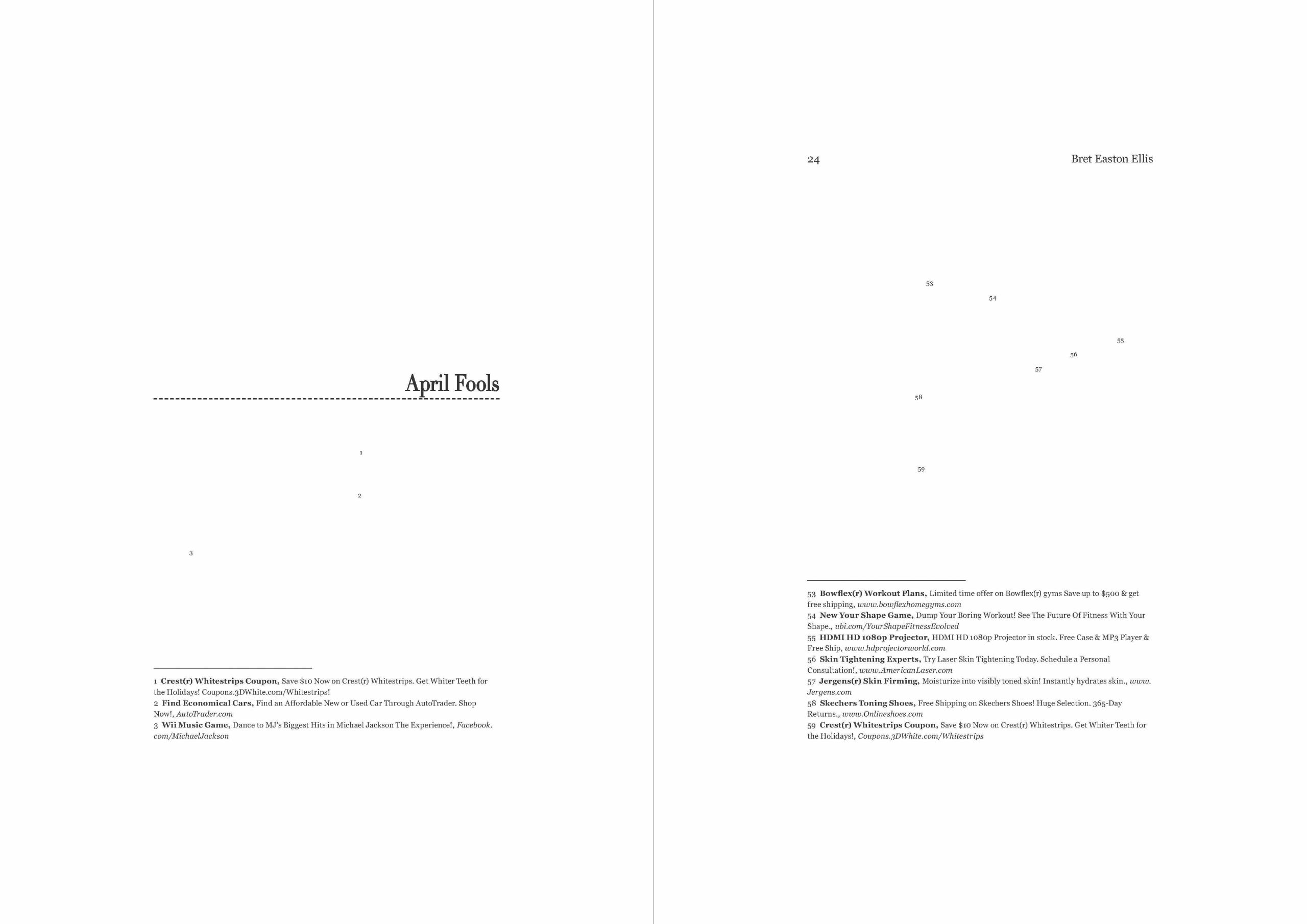
Figure 1. Mimi Cabell and Jason Huff, American Psycho (detail), 2010
Photo: The artists
For example, the online profit-oriented recognition of linguistic and behavioural patterns was deftly subverted by Mimi Cabell and Jason Huff in American Psycho (2012). The artists mutually Gmailed all the pages of Bret Easton Ellis’ novel American Psycho (1991), one page per email, and correspondingly annotated the original text with the Google ads generated for each email. They erased the original email/novel text, leaving only the chapter titles and the ads as footnotes. The initial generative phase of emailing could have been manual or programmed but the outcome of this project is a printed and bound book (Figure 1). American Psycho (2012) recursively employs the early 21st century marketing strategies based upon data-mining to process the narrative about the paroxysms of business culture in the early 21st century.31
In Google Will Eat Itself (GWEI) (2005) by Übermorgen, Paolo Cirio and Alessandro Ludovico, the initial production phase required automatic procedures, and was temporarily featured as a live online event, but the project has since been exhibited in documentary form. The artists hijacked Google’s AdSense initiative by designing software bots to click on banner ads placed on a network of hidden websites. Another set of bots channeled the generated revenue to buy Google’s shares and distribute them publicly via GTTP Ltd., which would eventually turn Google into a public company.32 GWEI was executed as a proof of concept with a purpose to address the control of information and the banality of online advertising mechanisms by outsmarting their own operational logic, rather than to actually buy out all Google stocks. After 1,556,361 AdSense clicks that generated USD$405,413.19 and bought 819 Google Shares, the bots were disengaged and since then the project has been properly represented by documentation detailing all phases, effects and consequences (Figure 2).
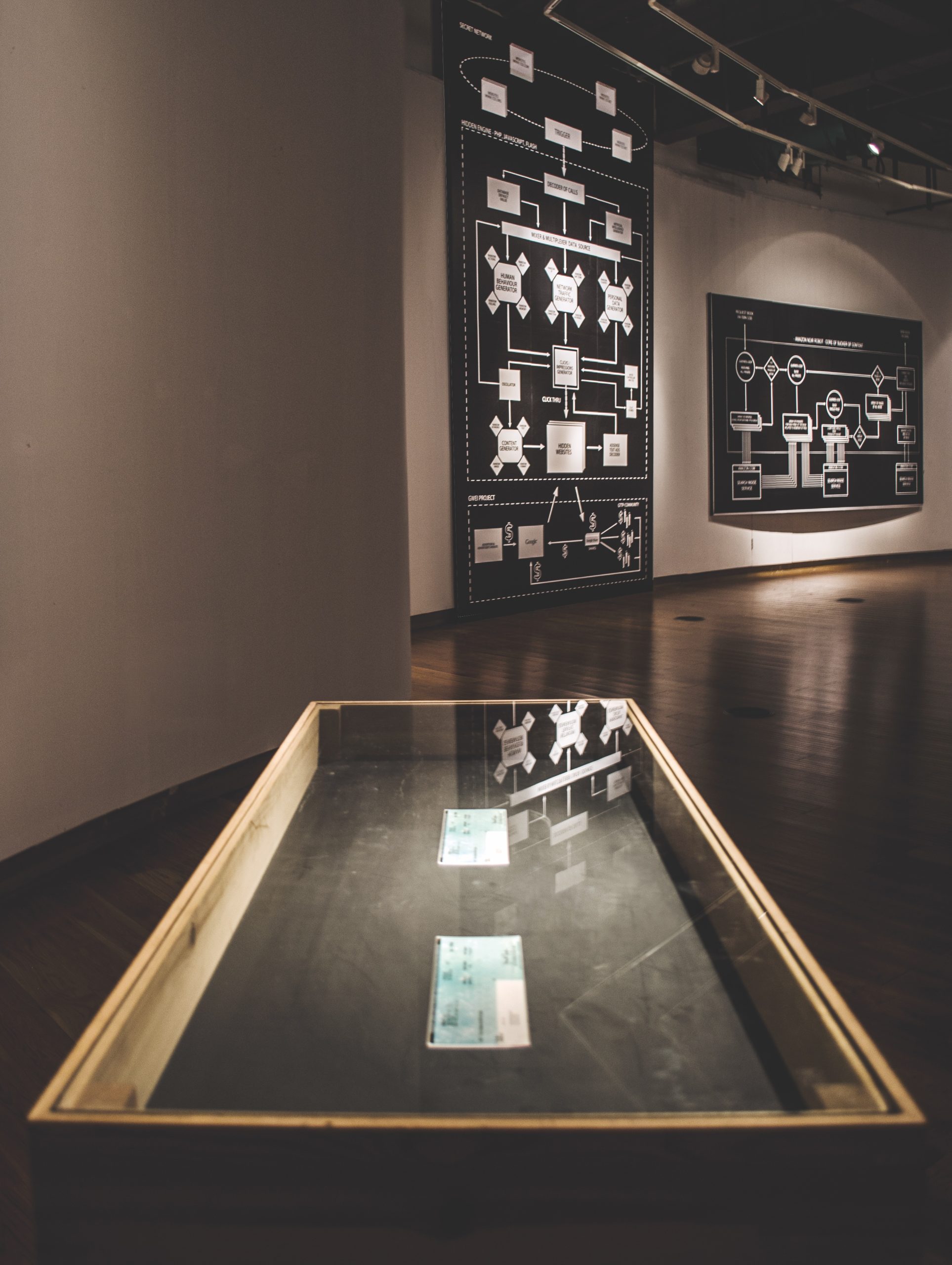
Figure 2. Übermorgen, Paolo Cirio and
Alessandro Ludovico, Google Will Eat Itself, 2005
Installation view of Hacking Monopolism Trilogy at China Academy of Art, Hangzhou, China
Photo: Paolo Cirio
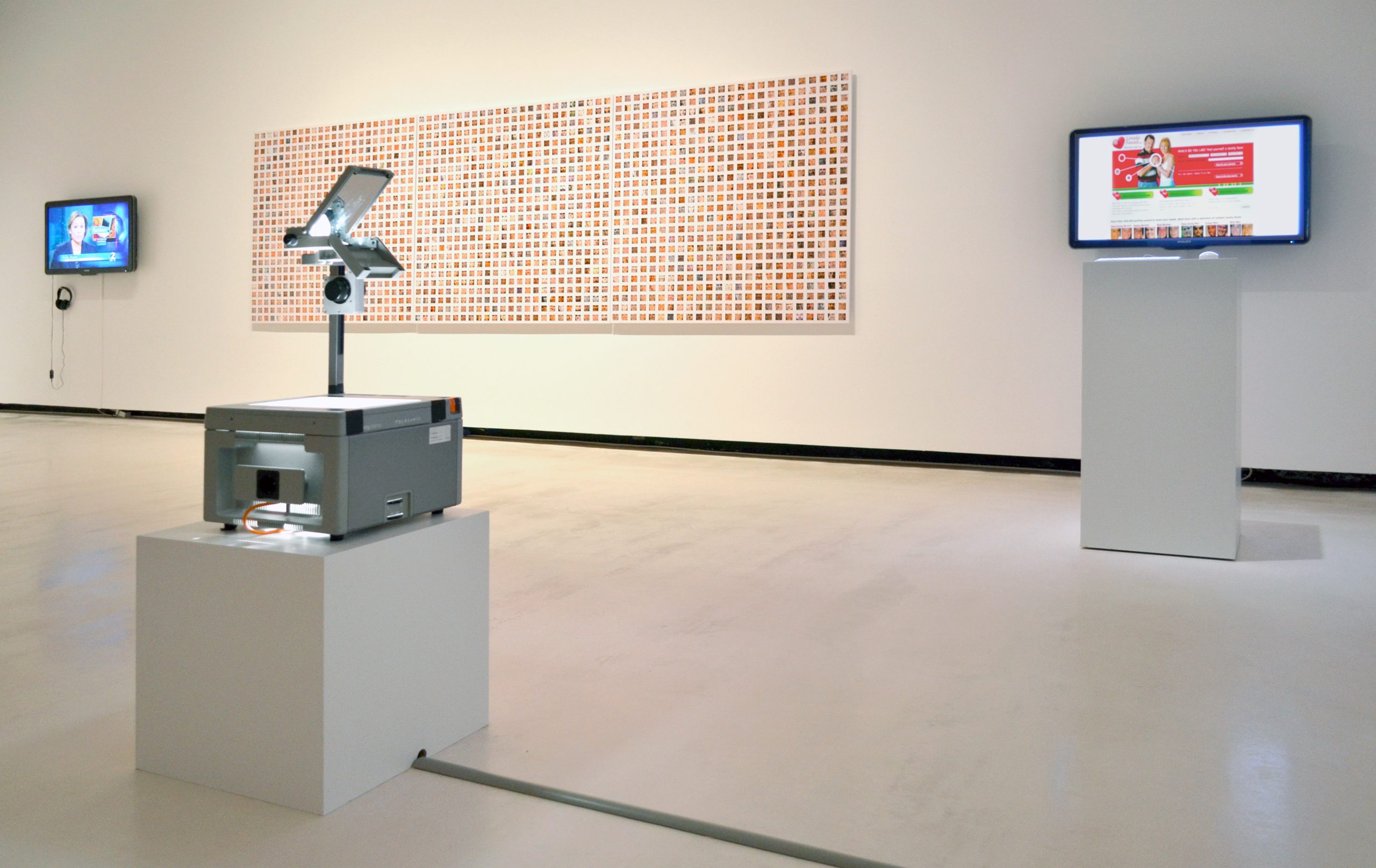
Figure 3. Paolo Cirio and Alessandro Ludovico, Face to Facebook, 2010
Installation view of Artists as Catalysts exhibition in Azkuna Zentroa, Spain
Photo: Paolo Cirio
In Face to Facebook (2010)—the final project in the Hacking Monopolism Trilogy that began with GWEI and Amazon Noir (2006)—Cirio and Ludovico created a bot which harvested one million Facebook profiles, filtered out 250,000 profile photos, tagged them by the facial expressions (relaxed, egocentric, smug, pleasant, etc.) and posted them as profiles on a fictitious dating website called Lovely Faces at http://www.lovely-faces.com.33 Lovely Faces had been fully accessible and searchable for five days, during which the artists received several letters from Facebook’s lawyers, eleven lawsuit warnings, and five death threats.34 The project has since been presented as a multimedia documentary installation (Figure 3).
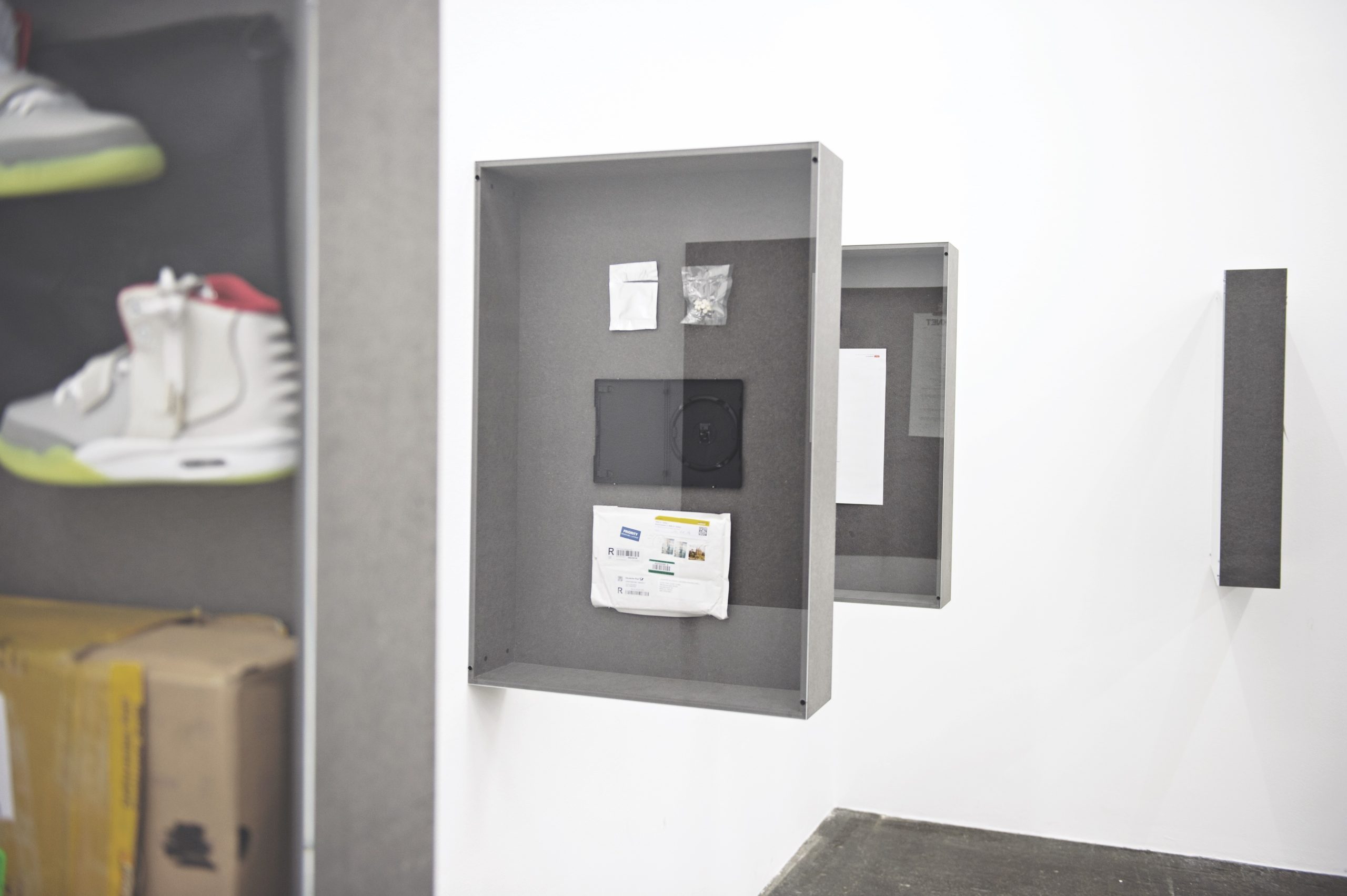
Figure 4. !Mediengruppe Bitnik, Random Darknet Shopper, 2014-2016
Installation view in Kunsthalle St. Gallen, Switzerland
Photo: Gunnar Meier/ Kunsthalle Sankt Gallen
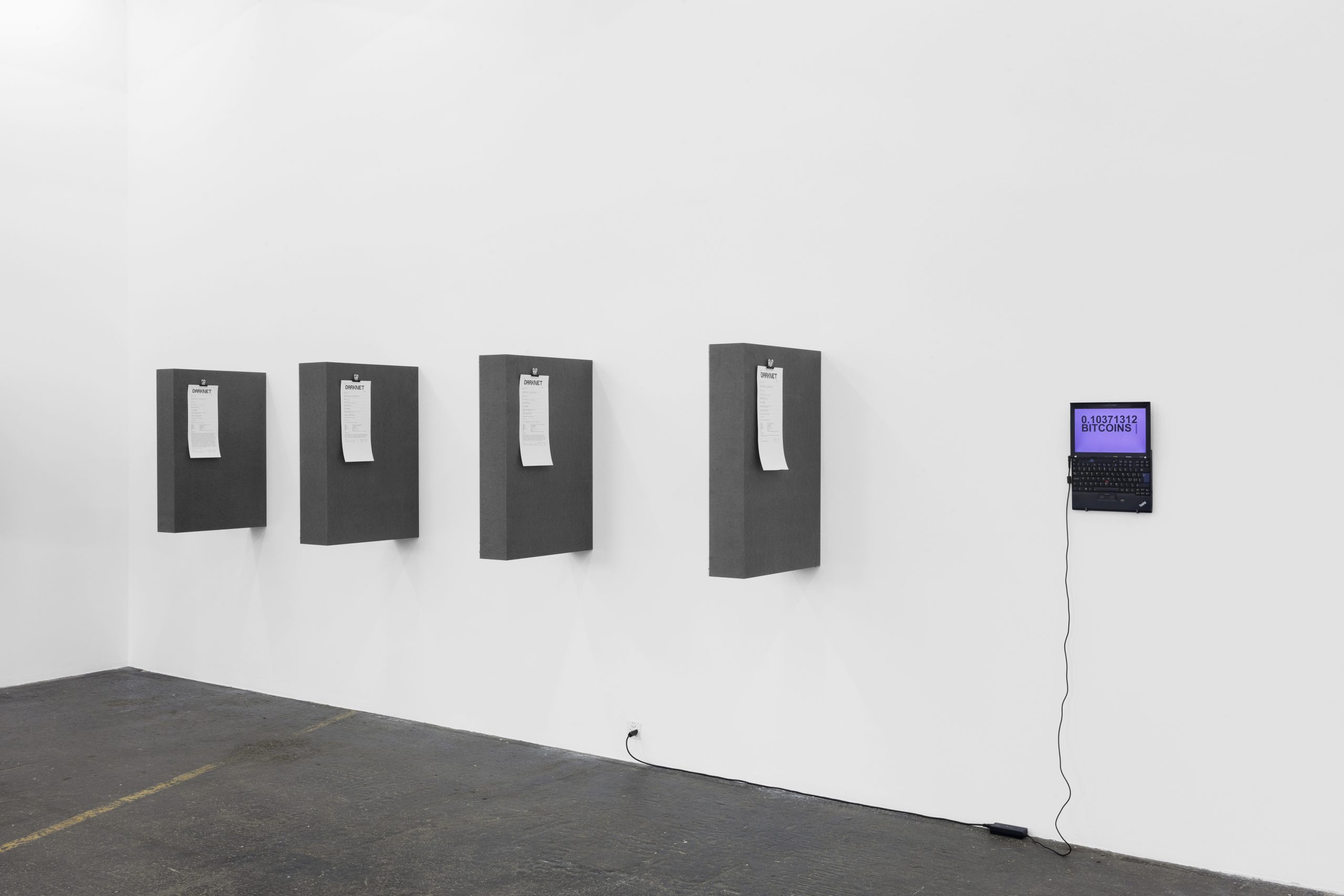
Figure 5. !Mediengruppe Bitnik, Random Darknet Shopper, 2014-2016
Installation view in Kunsthalle St. Gallen, Switzerland
Photo: Florian Bachmann
!Mediengruppe Bitnik’s Random Darknet Shopper (2014-2016) was a live generative project that pragmatically exploited web anonymity tools such as Tor (Figures 4 and 5). It was an online shopping bot which roamed the dark web marketplaces such as Agora or Alpha Bay where it randomly purchased items within a weekly budget of $100 in Bitcoins, and had the goods mailed directly to the exhibition space where they were displayed, with a screen device monitoring the bot’s shopping activities.35 The gallery presentation of Random Darknet Shopper now features a collection of purchased goods with a display record of the bot’s shopping activities and its various consequences.
Many generative art projects, on the other hand, feature continuous real-time transactions between intelligent networked agents. They can be preserved as documentation, and can be simulated by sampling the pre-recorded events, transactions and triggers from a database. But a simulation cannot fully rebuild their emotional space which requires our real-time involvement with the remote agents’ actions and their consequences. Our empathy in this seemingly ambivalent participation is facilitated by the contextual insights emerging live from the abstraction layer of technology.
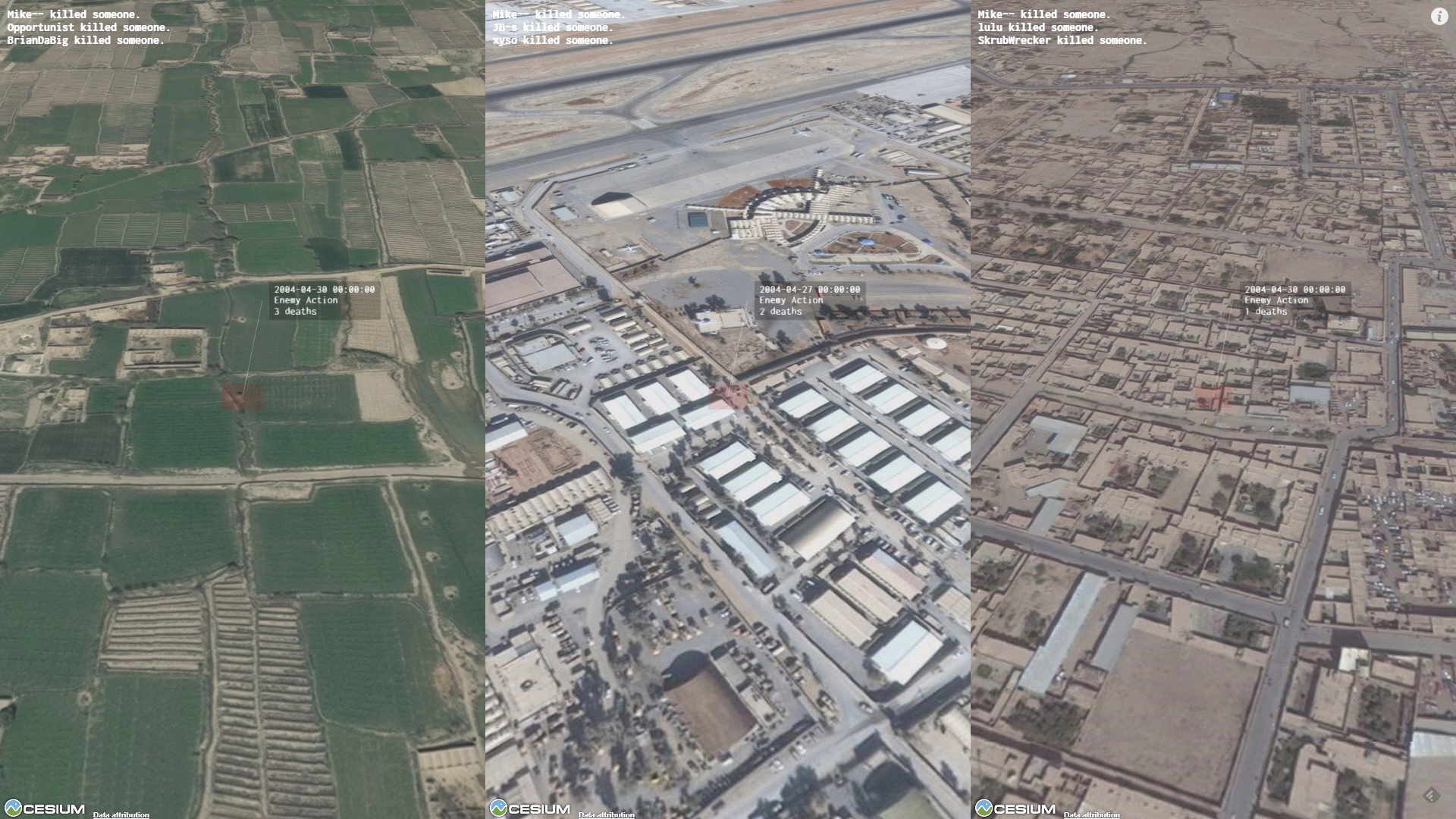
Figure 6. Matthieu Cherubini, Afghan War Diary, 2010
Screenshot

Figure 7. Nicolas Maigret and Brendan Howell, The Pirate Cinema, 2012-2014
Installation view
For example, in Matthieu Cherubini’s installation Afghan War Diary (2010) the artist’s website connects to an online server for Counter-Strike war game and retrieves frags (events when one player kills another) in real-time (Figure 6). These frags trigger a chronological search in the Wikileaks database containing over 75,000 secret US military incident reports on the war in Afghanistan. Based on the retrieved data, the website shows the geolocation of the incidents on a virtual globe in three-channel arrangement.36
With The Pirate Cinema (2012-2014), Nicolas Maigret and Brendan Howell merge the sampling of film and TV with the world of live peer-to-peer exchange (Figure 7). Their installation monitors the 100 most-downloaded torrents on a popular tracker website, intercepts the video and audio snippets currently being served, plays them on the multichannel screen set with the information on their origin and destination, then discards them and repeats the process with the next stream in the queue.37
In Take a Bullet for This City (2014), Luke DuBois emphasised the contextual factors of the allusiveness of selective quantification regarding gun violence in the US. The 911 calls reporting a ‘discharging firearm’ in New Orleans are registered in real-time by a computer-driven mechanism that pulls the trigger of a real, blank-firing handgun installed in the gallery, ejects and accumulates the spent cartridges into a vitrine.38
Entanglement
Generative artworks that feature multi-directional, real-time and continuous interaction between intelligent actors cannot be adequately represented through a simulation.

Figure 8. Matt Richardson, Descriptive Camera, 2012
Photo: Matt Richardson
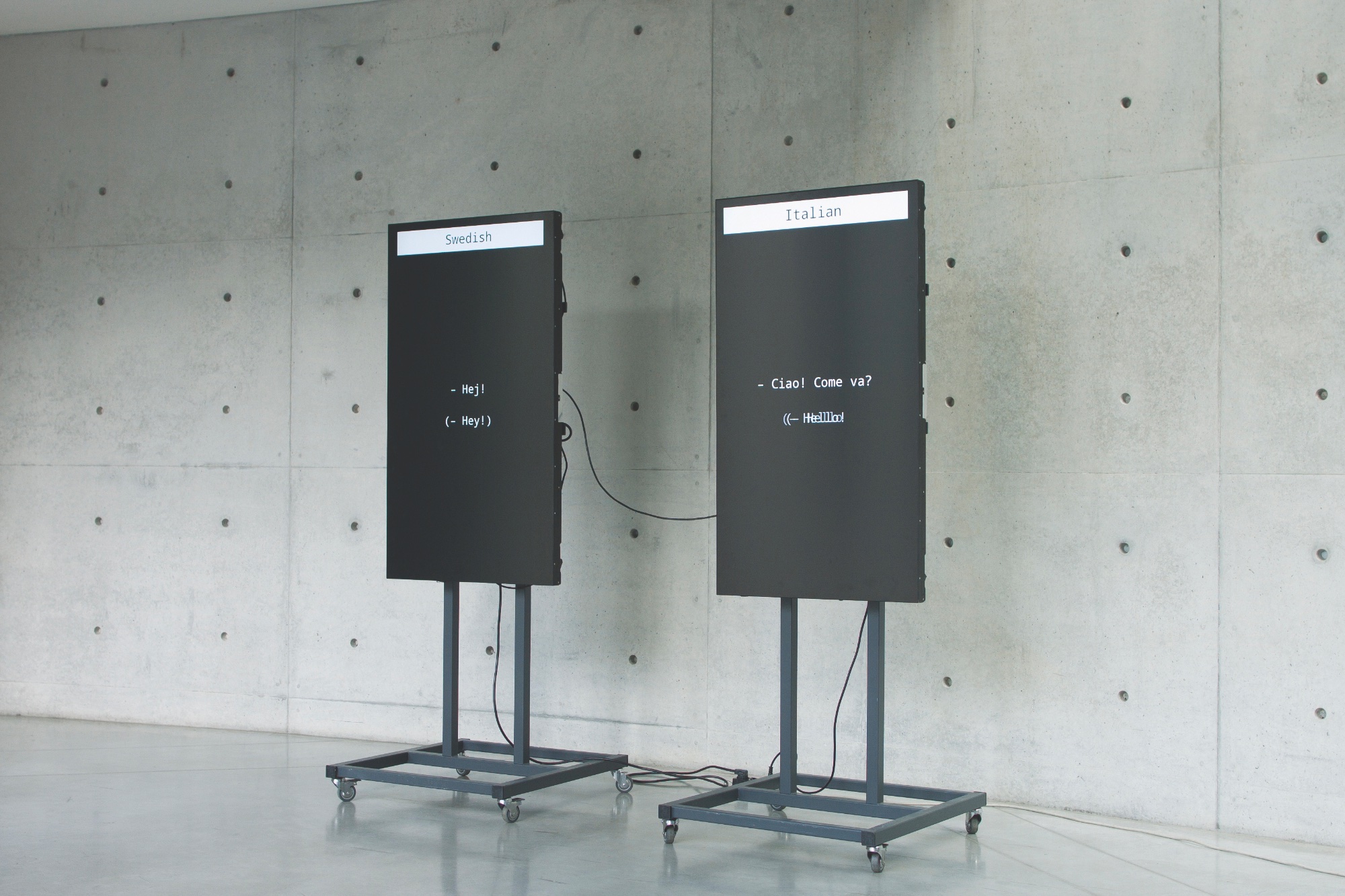
Figure 9. Jonas Eltes, Lost in Computation, 2017
Installation view in FABRICA Research Centre, Treviso, January 2018
Photo: Jonas Eltes/FABRICA
For example, in Matt Richardson’s Descriptive Camera (2012), a photographed image generates narrative interpretation by the remote human agent (Figure 8). When we point the Descriptive Camera at a subject and press the shutter button, the device does not display the image but sends it simultaneously to Amazon’s Mechanical Turk where human ‘workers’ write down its description, and the device prints it out.39 While modern digital cameras capture various contextual metadata of the photographs, the Descriptive Camera only delivers the metadata ‘about’ the photographed content, and deliberately requires human intellectual labour for image processing instead of the artificial intelligence like, for example, Ross Goodwin’s application word.camera (2015) which translates photographs into narratives using AI.40
Reflecting Ken Feingold’s earlier generative works with AI speech synthesis and recognition, in Jonas Eltes’ installation Lost in Computation (2017) all agents are non-human. It continuously generates a real-time conversation between a Swedish-speaking and an Italian-speaking chatbot connected through Google Translate (Figure 9). It simultaneously highlights the absurdity of machine cognition and provides the evidence of the current level of accuracy and flexibility that language modelling algorithms have achieved.41
One of the key poetic factors in these artworks is our awareness of the uncanny emerging from heterogenous, dislocated, concurrent and actual processes, including the creative dynamics of the AI/ML systems. Hypothetically, this kind of generative artworks could be emulated by sophisticated networks running AI/ML software trained to imitate the behaviour of human and machine agents. From the current perspective this would be unreasonably expensive or technically impossible but could be attainable in the future with sufficiently detailed specifications of each artwork’s structure and functionality.
Originating since the early 2000s, these conceptually sophisticated and technically advanced but museologically unstable generative art practices precede and, somewhat ironically, precondition the post-digital art.42 Post-digital artists take digital infrastructure pragmatically (as a common utility), and use digital technologies to thematise the phenomenology of contemporary culture but mainly produce their works in conventional materials and non-interactive media. Their aestheticisations of the proliferation of digital artefacts and effects resemble the cool, disillusioned and detached observation which became popular with the artists in the mid-1970s New York City,43 and diversified in postmodern art during the 1980s. Being easier to exhibit, preserve, own and sell, they also conform more smoothly to the conservatism of the mainstream art world.44
Universal(instabil)ity
But the conservational risks and cultural uncertainty haunting contemporary generative art are not exceptional. They arise from the asymmetry between the artists’ inventiveness, anticipations and technical resources, and are as old as the arts. Although the arts—in general—rely on complex interrelated production and presentation technologies, and moreover, require multifaceted contextual knowledge for deep understanding and appreciation, the artists do not always envision their works to be conceptually timeless or materially future-proof. Whether they just enjoy quick and direct communication, or are driven by the ambition to reach the indefinitely remote spatiotemporal continuum, nothing meaningful is forever in the entropic universe. Demonstrating human wit, proteanism and creativity as the rapid generators of unpredictable and highly variable alternatives, the arts are particularly prone to decay.45 A classic example is Leonardo da Vinci’s intensive experimentation with ideas and technology, which resulted in many unfinished works, and in the accelerated deterioration of his masterpieces. In that sense, the current elusiveness of archival solutions for generative art confronts us with the ultimate impossibility to unconditionally preserve the objects, events and other cultural products that carry symbolic value.
Exploring the human universals such as concepts of time, death and vanity, the artists have also appreciated the cultural porosity of art and understood that an artwork lives and dies just I believe that a picture, a work of art, lives and dies just as we do.” Baudson, “An interview with Marcel Duchamp” ‘]as we do.46 Artworks vary not only in material resilience but also in emotional, narrative, informational, exploratory, cognitive or political impact and relevance. They are not equally interesting or engaging and their values are not fixed. Ideally, this instability of artistic mental worth reflects scientific principles and epistemological assets such as critical thinking and testability, but the capricious status of the artists and the artworks is often affected by fancy, fashion and authority appeal. The instability of artistic mental worth also evokes the reductive economy of the conscious experience, which suggests that perceptive brevity and forgetting may be evolutionary adaptive.47 But transience, erasure and forgetting are probably not beneficial for the evolution of human society. Cultural memory and preservation build up the infrastructure for progress, development and betterment of civilisation. They provide contextually efficient access to the functional and well-organised accumulated information, which is essential for fostering creativity and learning, for deepening our understanding of what it means to be human, and for improving the sense of our place in nature.
Save and Open As…
Contemporary generative art is a unique repertoire of creative approaches that reveal the crucial features of the digital paradigm and motivate our critical thinking about digital culture. They engage the fundamental ideas, logic and functionality of digital technologies humorously, intelligently and proactively, through bricoleur style experiment and playful exploration. These conceptual and methodological qualities are essential for establishing deep insights into the relevant aspects of our world, but at the same time they make generative artworks difficult to preserve and represent.48
Contemporary generative practices expand, enrich and enhance the already proven cultural relevance of new media art, and require the adequate institutional, academic, educational, financial and technical support.49 The first wave of new media art museology has funded the infrastructure for systematic study, preservation, representation and promotion.50 In addition, we need to address the specific current issues, trade-offs and risks, and to anticipate the potentials of the emerging generative art. Centralisation, exclusivity and monopolistic standardisation should be avoided because a diversity of approaches and initiatives offers higher accessibility, versatility in discovery, and better archival security.51 The optimal strategy would be to instigate, fund, connect and coordinate a multitude of platforms and projects of different scales and scopes into a robust network for archiving, distributing, transferring, and exhibiting new media and generative art.

